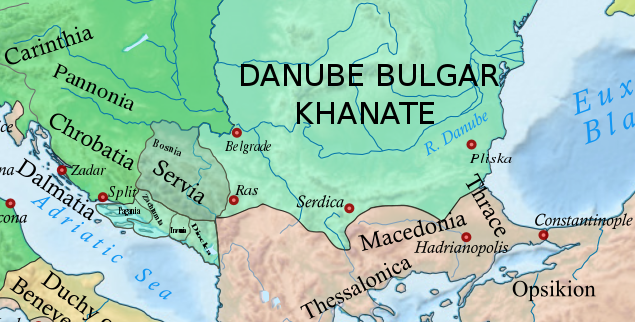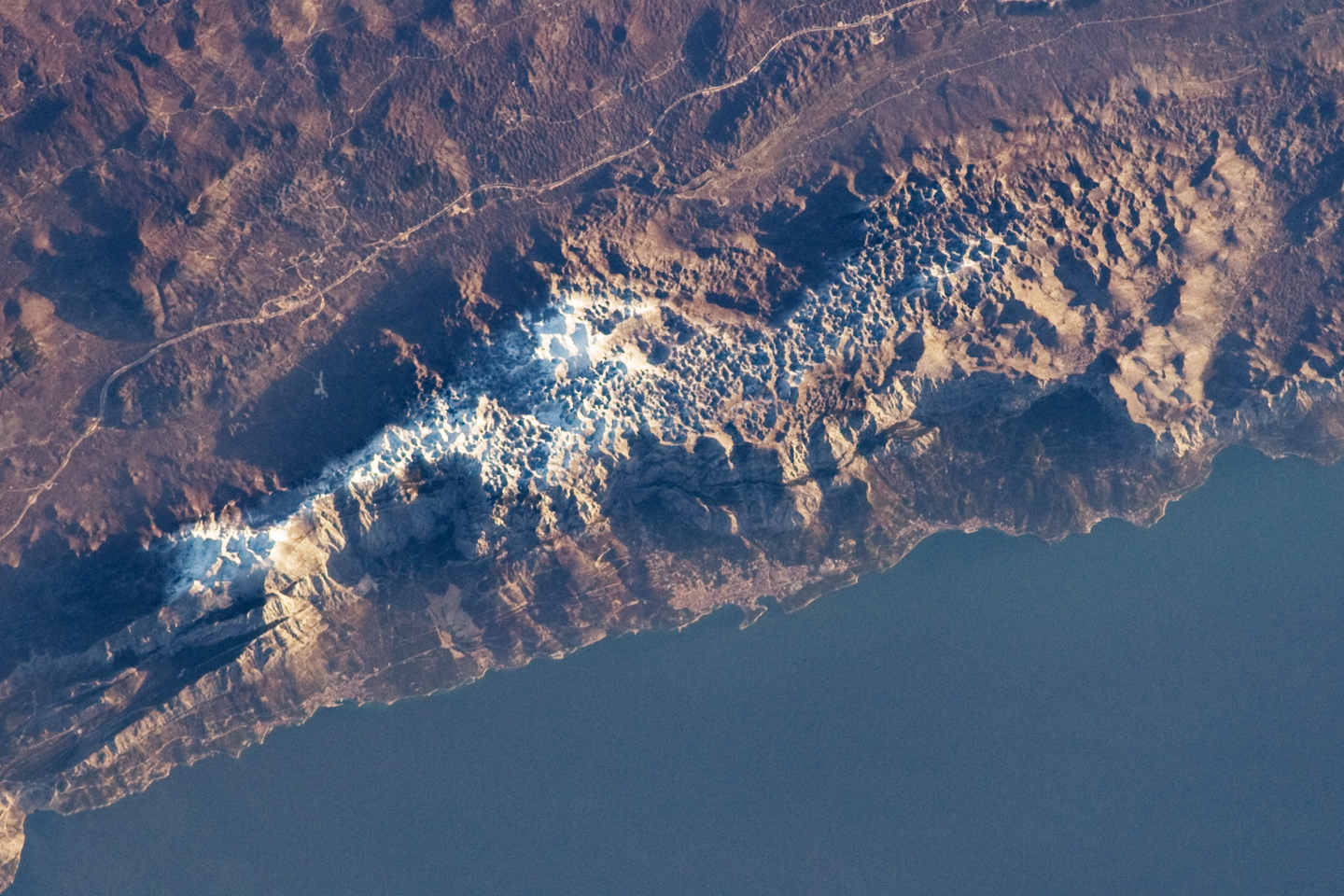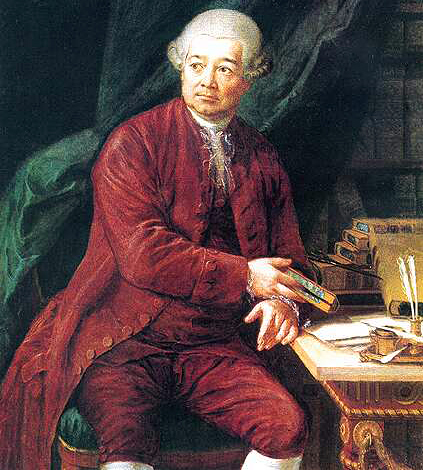|
Zaostrog
Zaostrog () is a tourist town and harbor along the Adriatic Sea in southern Dalmatia, Croatia. It is located between Makarska and Ploče. It consists of two parts, an older part below a steep limestone section of the Biokovo mountain range, and a newer coastal zone. Olive growing is prominent in the area. The village is the location of the Franciscan monastery of St. Mary, which is more than 500 years old and has an open museum, ethnological collection, gallery and a large library with over 30,000 titles, a significant part of the older Croatian literature. The settlement today co-locates with the Narentine settlement of Ostrok in Pagania. The monk Andrija Kačić Miošić, known as ''"The Old Man Milovan"'', spent part of his creative life in Zaostrog. He is one of the most prominent Croatian folk poets. Zaostrog was called "Ostrog" in the Middle Ages and was one of the larger towns of the Narentines. Prominent people * Ante Kosovich, 19th century poet from diaspora in New Zea ... [...More Info...] [...Related Items...] OR: [Wikipedia] [Google] [Baidu] |
Gradac, Split-Dalmatia County
Gradac (), is a municipality in southern Dalmatia, Croatia. It is situated halfway between Split (city), Split and Dubrovnik. The town of Ploče is 12 km south of Gradac, while the town of Makarska is 42 km north. The municipality, consisting of the coastal settlements Drvenik (Makarska), Drvenik, Zaostrog, Podaca, Brist and Gradac itself, marks the end of the riviera and the county. Demographics The municipality has very low density of permanent population (mostly native to Dalmatia, or the rest of Croatia and neighboring Bosnia and Herzegovina), with handful of people outside of the region. In 2021, the municipality had 2,401 residents in the following 5 settlements: *Brist, population 351 *Drvenik, Split-Dalmatia County, Drvenik, population 420 *Gradac, population 989 *Podaca, population 421 *Zaostrog, population 220 History The Gradac area was inhabited before prehistoric times. Numerous stone mounds dating back to the Bronze Age, Bronze and Early Iron Ages have ... [...More Info...] [...Related Items...] OR: [Wikipedia] [Google] [Baidu] |
Andrija Kačić Miošić
Andrija Kačić Miošić (; 17 April 1704 – 14 December 1760) was a Croatian poet and Franciscan friar, as well as a descendant of the Kačić noble family, one of the oldest and most influential Croatian noble families. Biography Born in Brist near Makarska, he became a Franciscan friar. He was educated at Zaostrog monastery and Buda. He taught philosophy at Zaostrog and in Sumartin on Brač. His most important work is ''A Pleasant Conversation of the Slavic People'' (, 1756), a history in verse, in which Kačić Miočić, influenced by the ideals of the Enlightenment, tried to spread literacy and modern ideas among common people. It was the most popular book in the Croatian-speaking lands for more than a century. It also played a key role in the victory of the Shtokavian dialect as the standard Croatian language. It contain poems about Skanderbeg, which were basis for the tragedy ''Skenderbeg'' written by Ivan Kukuljević Sakcinski in the 19th century. They were al ... [...More Info...] [...Related Items...] OR: [Wikipedia] [Google] [Baidu] |
Ante Kosovich
Ante Kosovich (5 November 1879–24 February 1958) was a New Zealand gum-digger, balladeer, poet and writer, born in Zaostrog, Croatia Croatia, officially the Republic of Croatia, is a country in Central Europe, Central and Southeast Europe, on the coast of the Adriatic Sea. It borders Slovenia to the northwest, Hungary to the northeast, Serbia to the east, Bosnia and Herze .... In 1907 Kosovich published eight lengthy poems, entitled 'From the Dalmatian in exile', reprinted in Split, Dalmatia in 1908. The poems reflect experiences of his compatriots before acceptance in New Zealand. A long poem by Kosovich appeared in Napredak, the Auckland Croatian-language newspaper and addressed 'To the Croatian people' appealing to their patriotism. References 1879 births 1958 deaths New Zealand writers People from Dalmatia New Zealand gum-diggers Emigrants from Austria-Hungary Immigrants to New Zealand {{NewZealand-bio-stub ... [...More Info...] [...Related Items...] OR: [Wikipedia] [Google] [Baidu] |
Narentines
The Narentines were a South Slavic tribe noted as pirates on the Adriatic Sea in the 9th and 10th centuries. They occupied an area of southern Dalmatia centered at the river Neretva (). Named ''Narentani'' in Venetian sources, they were called ''Paganoi'', "pagans", by the Greeks, as they were still pagan after the Christianization of the neighbouring tribes. They were fierce enemies of the Republic of Venice, attacking Venetian merchants and clergy traveling through the Adriatic, and even raiding close to Venice itself and defeating the doge several times. Venetian–Narentine peace treaties did not last long, as the Narentines quickly returned to piracy. They were finally defeated in a Venetian crackdown at the turn of the 10th century and disappeared from sources by the 11th century. Terminology The word ''Narentine'' is a demonym derived from the local Neretva River (). The terms "Narentines", "Pagania" or "Pagans" are found in two contemporary sources: ''De Administrando I ... [...More Info...] [...Related Items...] OR: [Wikipedia] [Google] [Baidu] |
Biokovo
Biokovo () is the second-highest mountain range in Croatia, located along the Dalmatian coast of the Adriatic Sea, between the rivers of Cetina and Neretva. It is sometimes referred to as ''Bijakova'', especially among inhabitants of the eastern side of the mountain. Its highest peak is Sveti Jure (Saint George), at 1762 m.a.s.l. It shows a typical karst landscape. Atop the peak there is a powerful FM and DVB-T transmitter. The 196 km2 of its area is protected as a nature park with over 1,500 plant and animal species, some of which are endemic. Biokovo also includes the separate ridge and peak Sveti Ilija (Saint Elijah) at . Biokovo is one in a line of Dinaric Alps stretching along the Dalmatian coast - northwest of it is Mosor and southeast are Sutvid and Rilić. To the east, the Šibenik runs in parallel. When the weather is very clear, from the top of Biokovo it is possible to see Monte Gargano in Italy, which is away. ''Zabiokovlje'', a mountainous area in B ... [...More Info...] [...Related Items...] OR: [Wikipedia] [Google] [Baidu] |
Middle Ages
In the history of Europe, the Middle Ages or medieval period lasted approximately from the 5th to the late 15th centuries, similarly to the post-classical period of global history. It began with the fall of the Western Roman Empire and transitioned into the Renaissance and the Age of Discovery. The Middle Ages is the middle period of the three traditional divisions of Western history: classical antiquity, the medieval period, and the modern period. The medieval period is itself subdivided into the Early, High, and Late Middle Ages. Population decline, counterurbanisation, the collapse of centralised authority, invasions, and mass migrations of tribes, which had begun in late antiquity, continued into the Early Middle Ages. The large-scale movements of the Migration Period, including various Germanic peoples, formed new kingdoms in what remained of the Western Roman Empire. In the 7th century, North Africa and the Middle East—once part of the Byzantine Empire� ... [...More Info...] [...Related Items...] OR: [Wikipedia] [Google] [Baidu] |
Croatian Radiotelevision
''Hrvatska radiotelevizija'' ( HRT), or Croatian Radiotelevision, is a Croatian public broadcasting company. It operates several radio and television channels, over a domestic transmitter network as well as satellite. HRT is divided into three joint companies – Croatian Radio (), Croatian Television () and Music Production (), which includes three orchestras (Symphony, Jazz, and Tamburitza) and a choir. The founder of HRT is the Republic of Croatia which exercises its founder's rights through the Croatian Government. Croatian Radio (then Radio Zagreb) was founded on 15 May 1926. This date is considered the date on which HRT was founded. Television Zagreb (today Croatian Television) began broadcasting on 7 September 1956. By the law enacted by the Croatian Parliament on 29 June 1990, Radio Television Zagreb was renamed to Croatian Radiotelevision. HRT operates as a provider of public broadcasting services, and Croatia provides independent funding by the Croatian Broadcastin ... [...More Info...] [...Related Items...] OR: [Wikipedia] [Google] [Baidu] |
Croats
The Croats (; , ) are a South Slavs, South Slavic ethnic group native to Croatia, Bosnia and Herzegovina and other neighboring countries in Central Europe, Central and Southeastern Europe who share a common Croatian Cultural heritage, ancestry, Culture of Croatia, culture, History of Croatia, history and Croatian language, language. They also form a sizeable minority in several neighboring countries, namely Croats of Slovenia, Slovenia, Burgenland Croats, Austria, the Croats in the Czech Republic, Czech Republic, Croats in Germany, Germany, Croats of Hungary, Hungary, Croats of Italy, Italy, Croats of Montenegro, Montenegro, Croats of Romania, Romania, Croats of Serbia, Serbia and Croats in Slovakia, Slovakia. Due to political, social and economic reasons, many Croats migrated to North and South America as well as New Zealand and later Australia, establishing a Croatian diaspora, diaspora in the aftermath of World War II, with grassroots assistance from earlier communities an ... [...More Info...] [...Related Items...] OR: [Wikipedia] [Google] [Baidu] |
Ethnological
Ethnology (from the , meaning 'nation') is an academic field and discipline that compares and analyzes the characteristics of different peoples and the relationships between them (compare cultural anthropology, cultural, social anthropology, social, or sociocultural anthropology). Scientific discipline Compared to ethnography, the study of single groups through direct contact with the culture, ethnology takes the research that ethnographers have compiled and then compares and contrasts different cultures. The term ''ethnologia'' (''ethnology'') is credited to Adam František Kollár, Adam Franz Kollár (1718–1783) who used and defined it in his ''Historiae ivrisqve pvblici Regni Vngariae amoenitates'' published in Vienna in 1783. as: "the science of nations and peoples, or, that study of learned men in which they inquire into the origins, languages, customs, and institutions of various nations, and finally into the fatherland and ancient seats, in order to be able better to ... [...More Info...] [...Related Items...] OR: [Wikipedia] [Google] [Baidu] |
Franciscan
The Franciscans are a group of related organizations in the Catholic Church, founded or inspired by the Italian saint Francis of Assisi. They include three independent Religious institute, religious orders for men (the Order of Friars Minor being the largest contemporary male order), an order for nuns known as the Order of Saint Clare, and the Third Order of Saint Francis, a Third Order of Saint Francis#Third Order Regular, religious and Secular Franciscan Order, secular group open to male and female members. Franciscans adhere to the teachings and spiritual disciplines of the founder and of his main associates and followers, such as Clare of Assisi, Anthony of Padua, and Elizabeth of Hungary. Several smaller Franciscan spirituality in Protestantism, Protestant Franciscan orders have been established since the late 19th century as well, particularly in the Lutheranism, Lutheran and Anglicanism, Anglican traditions. Certain Franciscan communities are ecumenism, ecumenical in nat ... [...More Info...] [...Related Items...] OR: [Wikipedia] [Google] [Baidu] |
List Of Sovereign States
The following is a list providing an overview of sovereign states around the world with information on their status and recognition of their sovereignty. The 205 listed states can be divided into three categories based on membership within the United Nations System: 193 member states of the United Nations, UN member states, two United Nations General Assembly observers#Current non-member observers, UN General Assembly non-member observer states, and ten other states. The ''sovereignty dispute'' column indicates states having undisputed sovereignty (188 states, of which there are 187 UN member states and one UN General Assembly non-member observer state), states having disputed sovereignty (15 states, of which there are six UN member states, one UN General Assembly non-member observer state, and eight de facto states), and states having a political status of the Cook Islands and Niue, special political status (two states, both in associated state, free association with New ... [...More Info...] [...Related Items...] OR: [Wikipedia] [Google] [Baidu] |
Ploče
Ploče (, ) is a town and seaport in the Dubrovnik-Neretva County of Croatia. Geography Ploče is located on the Adriatic coast in Dalmatia just north of the Neretva Delta and is the natural seaside endpoint of most north-south routes through the central Dinaric Alps. This makes it the primary seaport used by Bosnia and Herzegovina and the endpoint of the Pan-European corridor 5C. Čeveljuša is a toponym in Ploče, located to the east of the town, on the intersection of the D8 highway and the D425. Climate Ploče at an elevation of is the location of Croatia's high temperature record, measured at on 4 and 5 August 1981. Records for the Ploče weather station began in 1975. The coldest temperature was , on 13 January 1985. History The town was first mentioned in 1387 as ''Ploča''. During the Kingdom of Yugoslavia, a port named Aleksandrovo after Alexander I of Yugoslavia was constructed in 1939. During the socialist Yugoslavia, between 1950 and 1954, and again from 1980 t ... [...More Info...] [...Related Items...] OR: [Wikipedia] [Google] [Baidu] |






